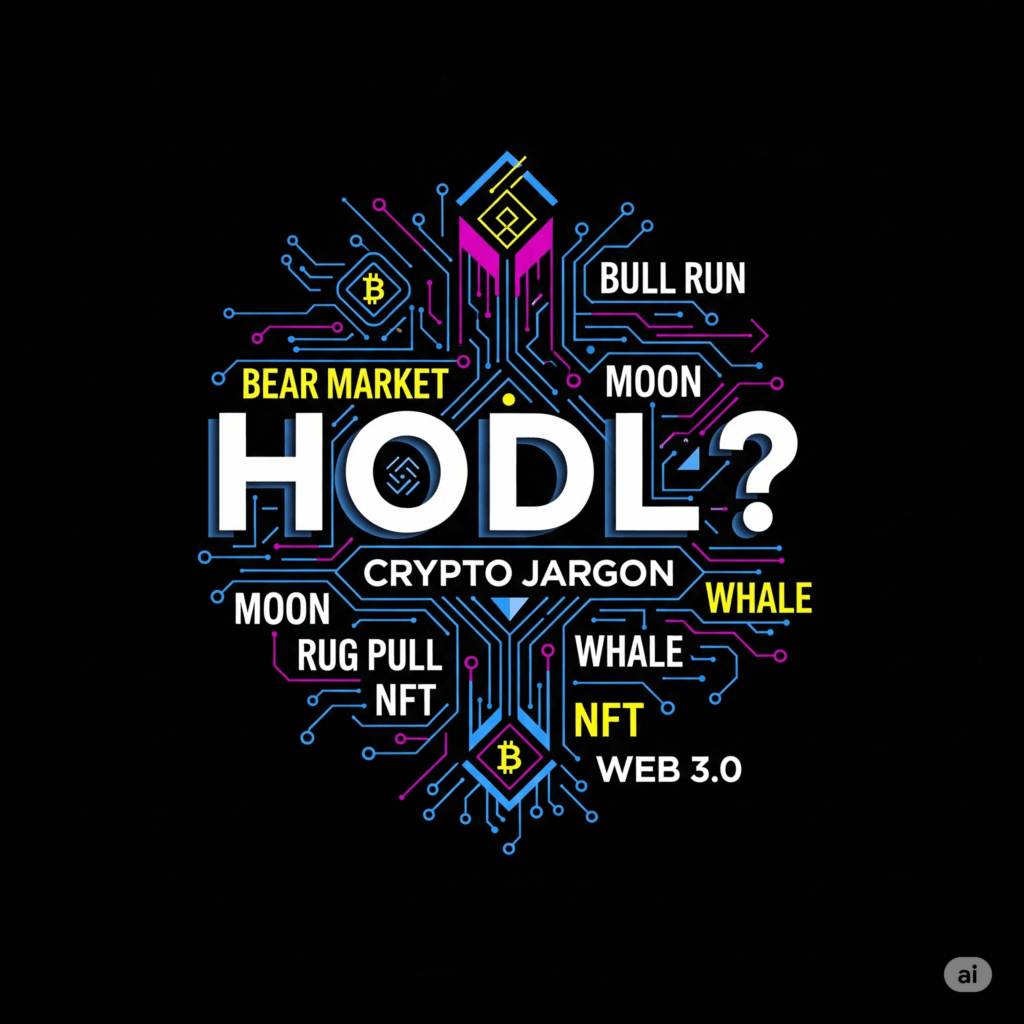Are you curious about crypto? It can feel confusing at first. The world of digital currency has its own language. We are here to help you understand it. This guide will make crypto jargon simple. You will soon speak like a pro.
The crypto world uses unique terms. These words might sound strange. But they are easy to grasp. Let’s break them down together. You will quickly gain confidence.

Altcoin: This is any cryptocurrency not Bitcoin. There are thousands of altcoins. Each has a different purpose. Examples include Ethereum and Ripple. They offer new features.
Blockchain: Imagine a digital ledger. This ledger stores all transactions. It is secure and unchangeable. Each new transaction adds a “block.” These blocks form a “chain.” This technology powers most cryptocurrencies. It ensures transparency.
Decentralization: No single entity controls crypto. This is decentralization. Instead, a network of computers runs it. This removes the need for banks. It gives power to the users. This makes crypto resistant to censorship.
DApp (Decentralized Application): These apps run on a blockchain. They are not controlled by one company. Users interact directly with them. Think of them as apps without central servers. This provides greater privacy.
DeFi (Decentralized Finance): This refers to financial services. They are built on blockchain. No banks or brokers are involved. You can lend, borrow, and trade. All this happens without intermediaries. It offers new financial opportunities.
Fiat Currency: This is traditional money. Governments issue fiat currency. Examples are the US Dollar or Euro. It is legal tender. Crypto is a different kind of money.
Gas Fee: This is a transaction fee. You pay it on some blockchains. Ethereum uses gas fees. It pays miners for their work. Higher network traffic means higher fees.
HODL: This term means “hold on for dear life.” It’s a misspelling that stuck. It means holding crypto assets. You hold them despite price drops. Many investors use this strategy. They believe in long-term growth.
KYC (Know Your Customer): This is a common requirement. Crypto exchanges use it. You must verify your identity. This helps prevent illegal activities. It is a security measure.
Mining: This process creates new crypto coins. Miners use powerful computers. They solve complex puzzles. Successful miners earn new coins. This also secures the network. It is a competitive process.
Node: A node is a computer. It runs the blockchain software. Nodes verify transactions. They keep the network secure. Many nodes create decentralization.
NFT (Non-Fungible Token): This is a unique digital asset. It can be art, music, or a collectible. Each NFT is one-of-a-kind. You cannot exchange it for another identical item. It provides digital ownership.
Private Key: This is a secret code. It lets you access your crypto. Keep it safe and secure. Never share your private key. Losing it means losing your crypto.
Public Key: This is like your bank account number. You can share it freely. Others use it to send you crypto. It is derived from your private key.
Satoshi Nakamoto: This is the creator of Bitcoin. No one knows their true identity. It is a pseudonym. They published Bitcoin’s whitepaper. This started the crypto revolution.
Smart Contract: These are self-executing contracts. They are stored on a blockchain. Agreements are coded directly into them. They run automatically when conditions are met. This removes third parties.
Stablecoin: Its value is pegged to an asset. This could be the US Dollar. It aims to reduce price volatility. Stablecoins offer stability in crypto. Examples include USDT and USDC.
Whale: A whale is a large crypto holder. They own a significant amount. Their transactions can move the market. Their actions are often watched closely.
